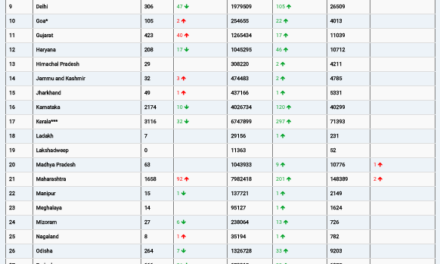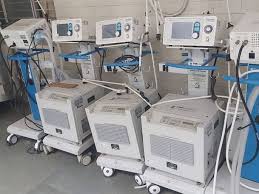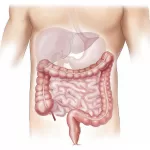The Government has been implementing the Family Planning programme in line with the policy framework of population stabilization as envisaged in the National Population Policy (NPP-2000), by creating a robust service delivery and demand-side mechanism to address the unmet needs for family planning.
The programme received a further boost through holistic and comprehensive planning with the advent of the National Health Mission (NHM) in 2005.
The National Health Policy (NHP) 2017 also provides policy guidance and sets out indicative, quantitative goals and objectives for population stabilization.
Moreover, the Government has also launched Mission Parivar Vikas in 146 high fertility districts of seven high focus states (Uttar Pradesh, Bihar, Rajasthan, Madhya Pradesh, Chhattisgarh, Jharkhand and Assam) to focus on improving access to contraceptives through promotional schemes, awareness generation activities, capacity building and intensive monitoring.
As a result of the Government’s initiatives for controlling the Population;
- The TFR of the country has declined from 2.9 in 2005 to 2.2 in 2018 (SRS)
- 28 out of 36 States/UTs have already achieved the replacement level fertility of 2.1 or less
- The Crude Birth Rate (CBR) has declined from 23.8 in 2005 to 20.0 in 2018 (SRS)
- The Decadal growth rate has declined from 21.54% in 1990-2000 to 17.64% during 2001-11
- India’s Wanted Fertility Rate has declined from 1.9 in NFHS III to 1.8 in NFHS IV.












